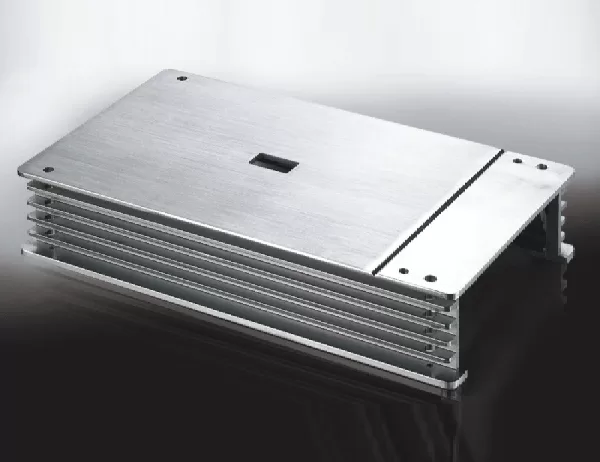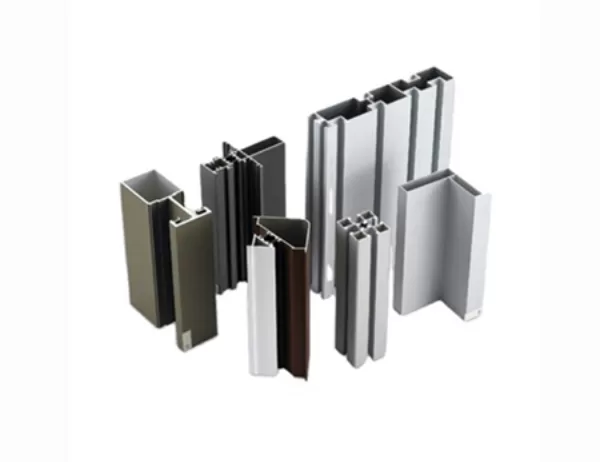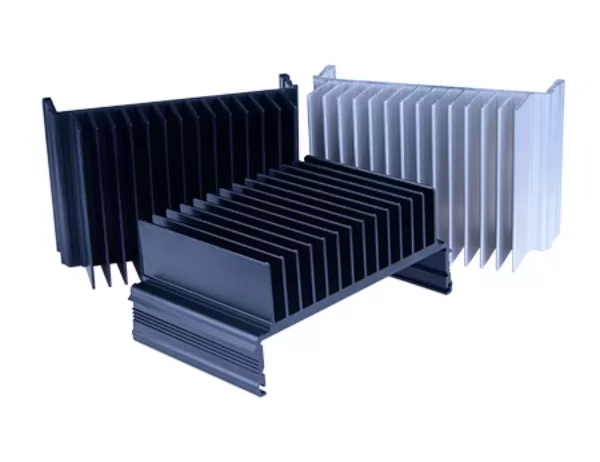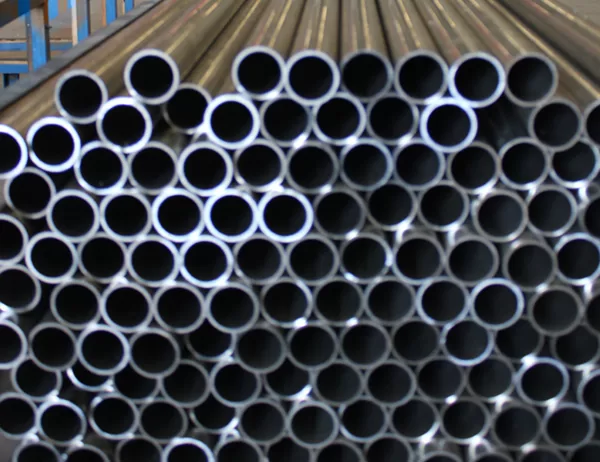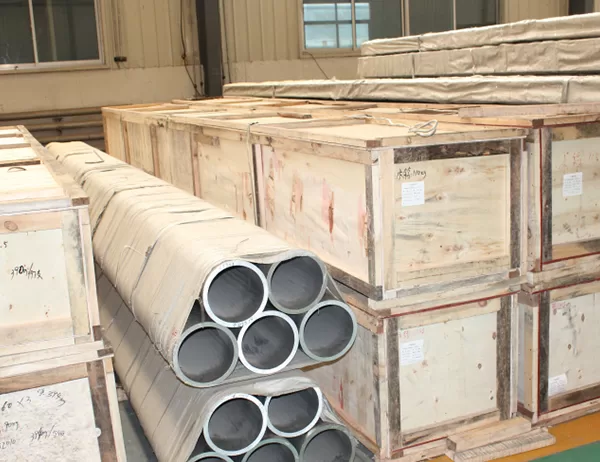Discover the comprehensive “The Ultimate Guide to Aluminum Profiles: Uses, Benefits, and More.” This guide delves into the versatile world of aluminum profiles, shedding light on their applications, advantages, and limitless possibilities.
Aluminum profiles find applications across diverse industries:
Construction:
Window frames, curtain walls, and structural elements
Transportation:
Vehicle frames, aircraft components, and marine vessels
Industrial Automation:
Conveyor systems, machinery frames, and robotic arms
Furniture:
Chairs, tables, and office equipment
Electronics:
Heat sinks, enclosures, and housings
Aluminum profiles offer an array of advantages:
Lightweight:
Significantly lighter than steel, reducing overall weight
Strength:
High strength-to-weight ratio, providing structural integrity
Corrosion Resistance:
Naturally corrosion-resistant, preventing degradation
Ductility:
Easily shaped into complex geometries, enabling intricate designs
Conductivity:
Excellent electrical and thermal conductivity, facilitating heat transfer
Aluminum profiles come in various shapes and sizes, categorized into:
Solid Profiles:
Extruded bars and rods
Hollow Profiles:
Tubes, channels, and angles
Custom Profiles:
Unique shapes designed for specific applications
The manufacturing process involves several steps:
Extrusion:
Molten aluminum is forced through a die, creating a profile’s shape
Annealing:
Profiles are softened for further processing
Heat Treatment:
Specific heating and cooling cycles enhance strength and hardness
Surface Treatment:
Finishing processes include anodizing, painting, or powder coating
Aluminum profiles are ubiquitous in various industries:
Construction:
High-rise buildings with sleek curtain walls
Transportation:
Lightweight frames in automobiles, reducing fuel consumption
Industrial Automation:
Precision equipment and conveyor systems in factories
Furniture:
Durable and stylish furniture for both residential and commercial use
Electronics:
Efficient heat sinks in computers and other electronic devices
“The Ultimate Guide to Aluminum Profiles: Uses, Benefits, and More” provides a thorough understanding of these versatile materials. Their lightweight, strength, corrosion resistance, and limitless design possibilities make them an ideal choice for a wide range of applications, propelling industries forward with innovative and durable solutions.
